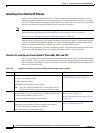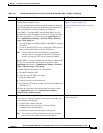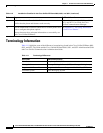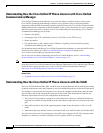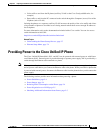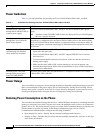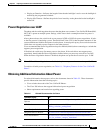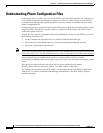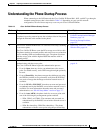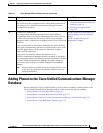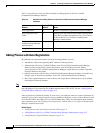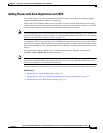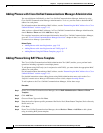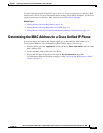
2-6
Cisco Unified IP Phone 8961, 9951, and 9971 Administration Guide for Cisco Unified Communications Manager 8.5 (SIP)
OL-20861-01
Chapter 2 Preparing to Install the Cisco Unified IP Phone on Your Network
Understanding Phone Configuration Files
Understanding Phone Configuration Files
Configuration files for a phone are stored on the TFTP server and define parameters for connecting to
Cisco Unified Communications Manager. In general, any time you make a change in Cisco Unified
Communications Manager that requires the phone to be reset, a change is automatically made to the
phone’s configuration file.
Configuration files also contain information about which image load the phone should be running. If this
image load differs from the one currently loaded on a phone, the phone contacts the TFTP server to
request the required load files.
A phone accesses a default configuration file named XmlDefault.cnf.xml from the TFTP server when
the following conditions exist:
• You have enabled auto-registration in Cisco Unified Communications Manager
• The phone has not been added to the Cisco Unified Communications Manager database
• The phone is registering for the first time
Note If the device security mode in the configuration file is set to Authenticated or Encrypted, but the phone
has not received a CTL or ITL file, the phone tries four times to obtain the file so it can register securely.
If auto registration is not enabled and the phone has not been added to the Cisco Unified
Communications Manager database, the phone registration request will be rejected and display a blank
screen.
If the phone has registered before, the phone will access the configuration file named
SEPmac_address.cnf.xml, where mac_address is the MAC address of the phone.
The filenames are derived from the MAC address and description fields in the Phone Configuration
window of Cisco Unified Communications Manager Administration. The MAC address uniquely
identifies the phone.



